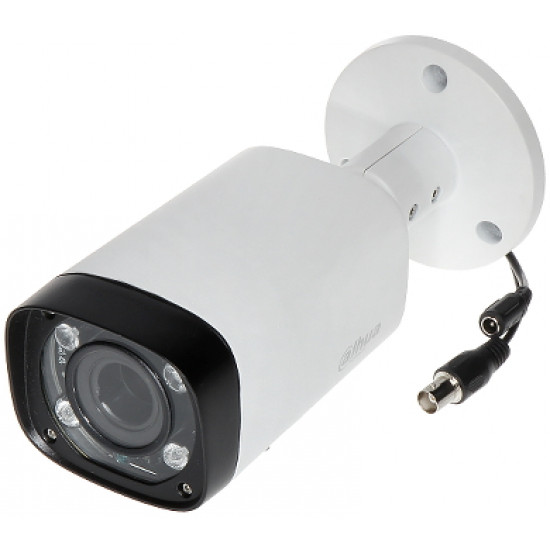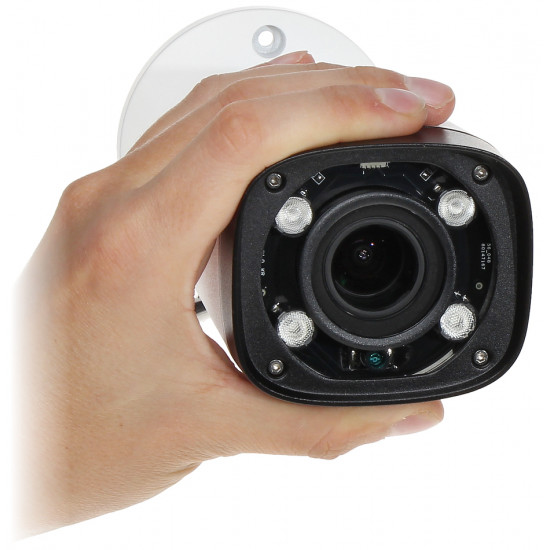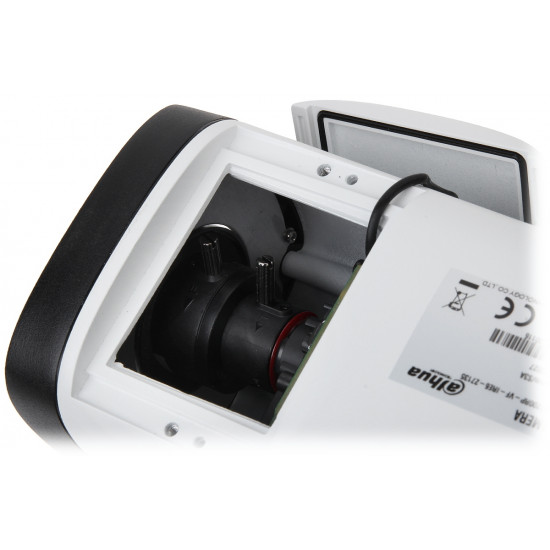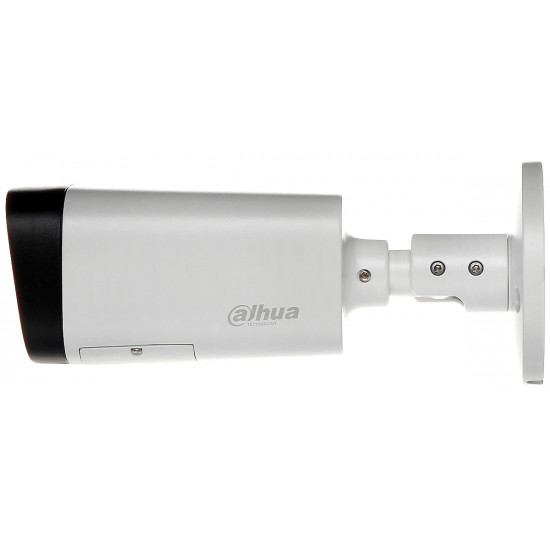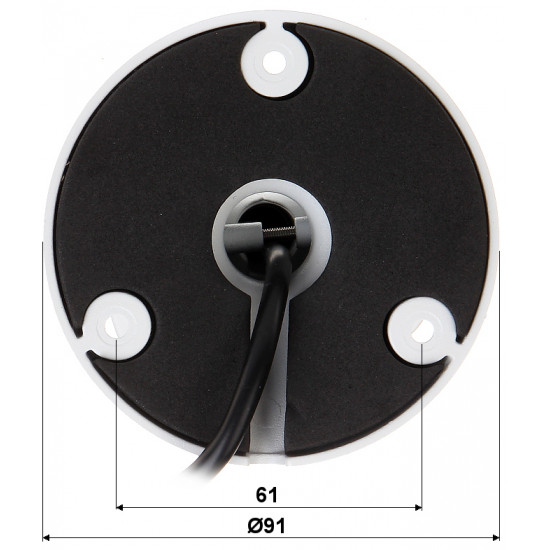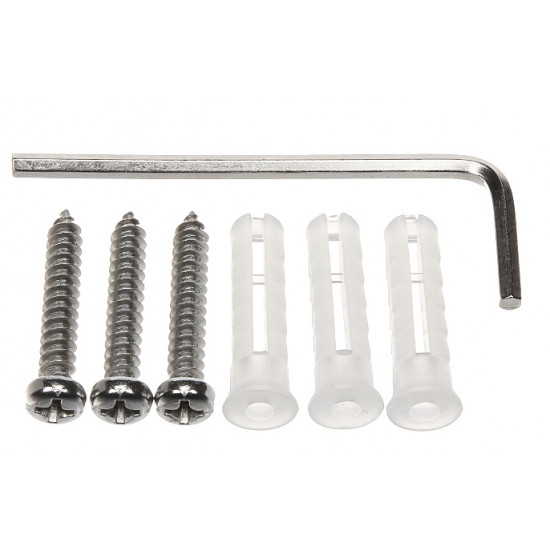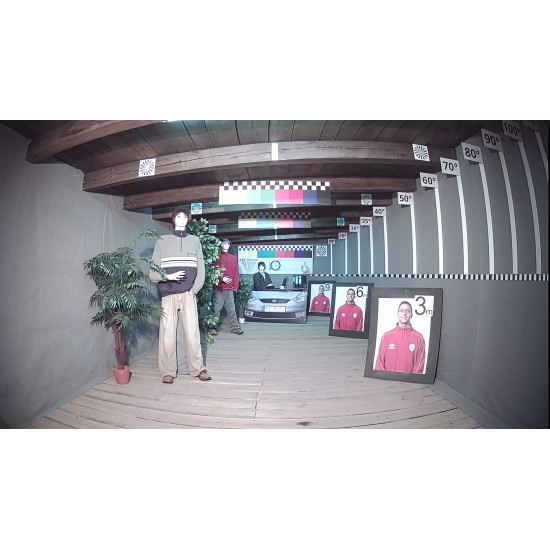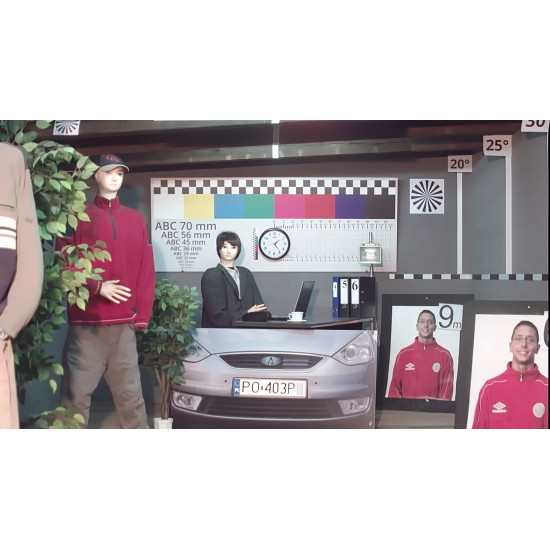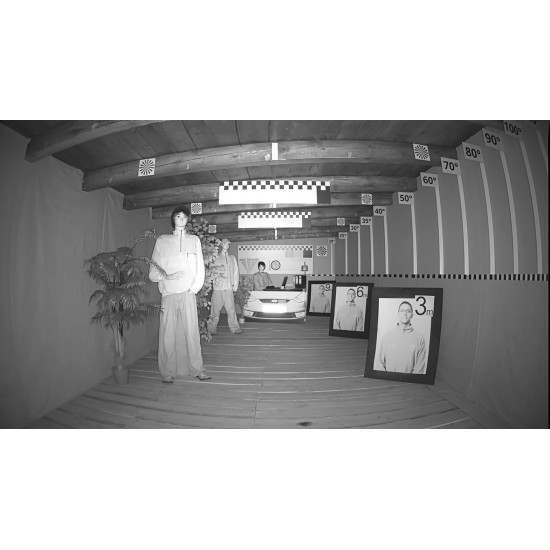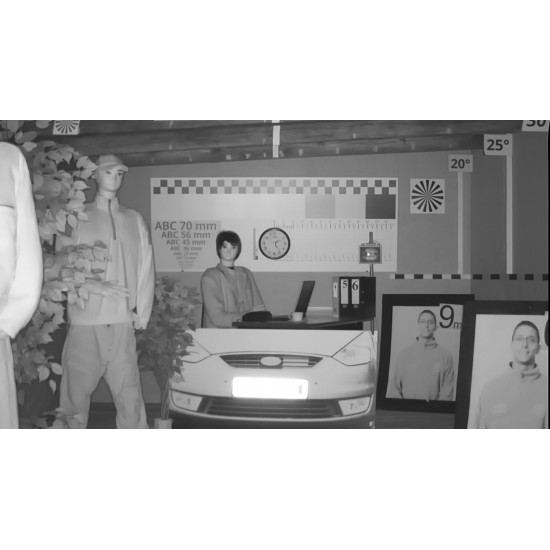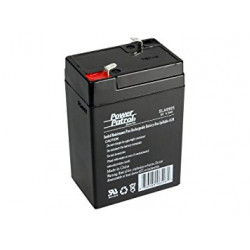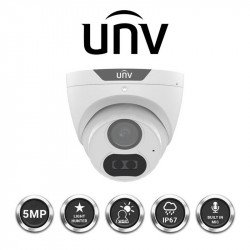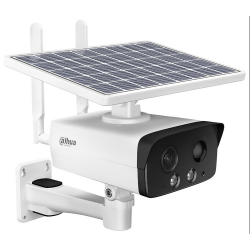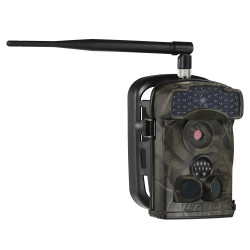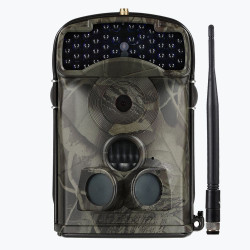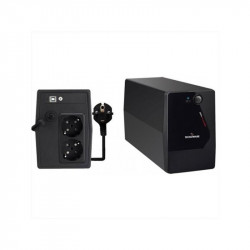Starlight Technology
Dahua’s Starlight technology uses optical, sensor and image processing technologies to provide clear images in dark environments. Dahua cameras with an IR cut filter (ICR) are designed to switch to night mode when the camera senses insufficient light to produce clear color images. When in night mode, the ICR disengages to allow infrared and visible illumination to reach the image sensor. Dahua cameras with Starlight technology can also electronically suppress color information to provide clear monochrome images down to a certain light level. Many cameras include built-in IR illuminators to reduce noise and light an area more.
Sensor
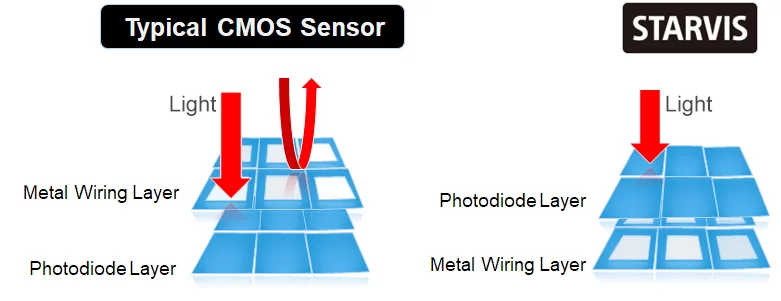 Many Dahua cameras offer low-light technology using a Sony STARVIS™ CMOS sensor.
This back-illuminated pixel technology balances light throughout the
scene, resulting in clear images in dark environments. A
back-illuminated structure moves the photosensitive surface closer to
the light, increasing the amount of light that enters each pixel. It
also utilizes Smart Image Signal Processing to convert an image into
digital form while enhancing the image or extracting useful information.
Many Dahua cameras offer low-light technology using a Sony STARVIS™ CMOS sensor.
This back-illuminated pixel technology balances light throughout the
scene, resulting in clear images in dark environments. A
back-illuminated structure moves the photosensitive surface closer to
the light, increasing the amount of light that enters each pixel. It
also utilizes Smart Image Signal Processing to convert an image into
digital form while enhancing the image or extracting useful information.
Optical
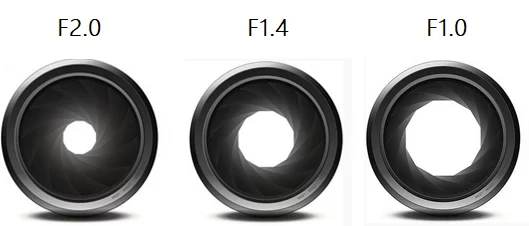 Lens
aperture controls the amount of light that passes through the lens and
into the body of the photosensitive surface of the camera. Dahua cameras
with low-light technology feature a maximum aperture of F/2.2 to
allow as much light as possible to pass through the lens and hit the
sensor. A large aperture along with advanced ISP technology, Dahua’s
propriety image processing algorithms, and STARVIS™ imagers allow these
cameras to produce identification-level images in near-dark conditions.
Lens
aperture controls the amount of light that passes through the lens and
into the body of the photosensitive surface of the camera. Dahua cameras
with low-light technology feature a maximum aperture of F/2.2 to
allow as much light as possible to pass through the lens and hit the
sensor. A large aperture along with advanced ISP technology, Dahua’s
propriety image processing algorithms, and STARVIS™ imagers allow these
cameras to produce identification-level images in near-dark conditions.
Image Signal Processing
Image Signal Processing (ISP) identifies and corrects imperfections caused by the lens, color filter, or sensor. Dahua cameras with STARVIS™ sensors offer two times the definition of Exview HAD CCD sensors and are capable of illuminating dark environments and incorporating near-infrared light for clear recording at night.

